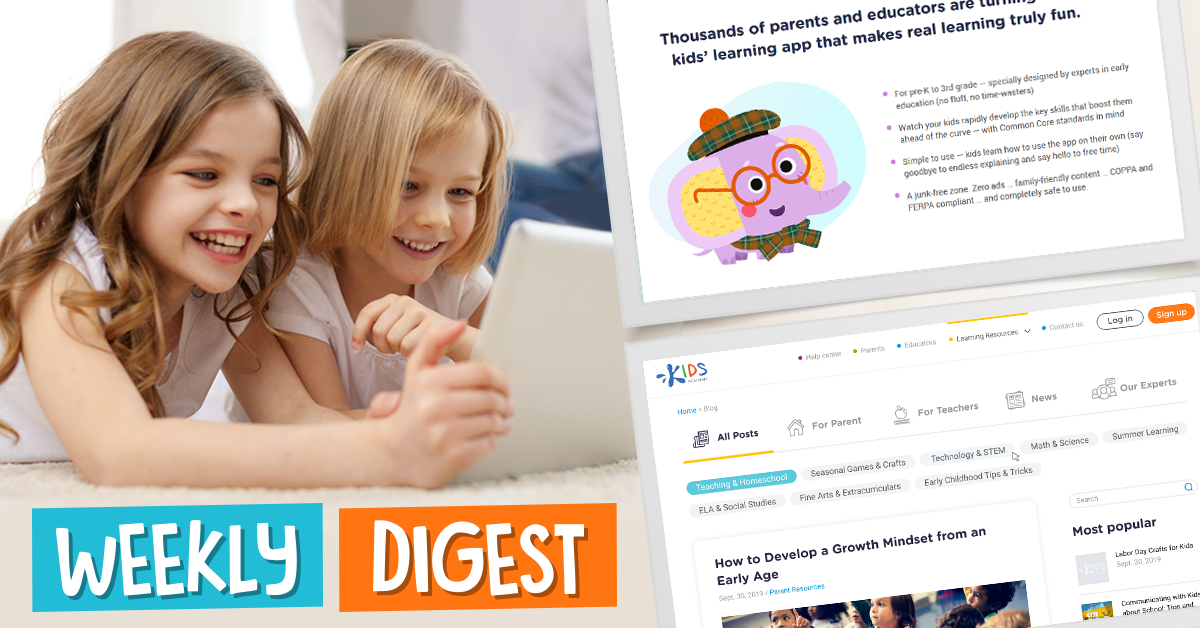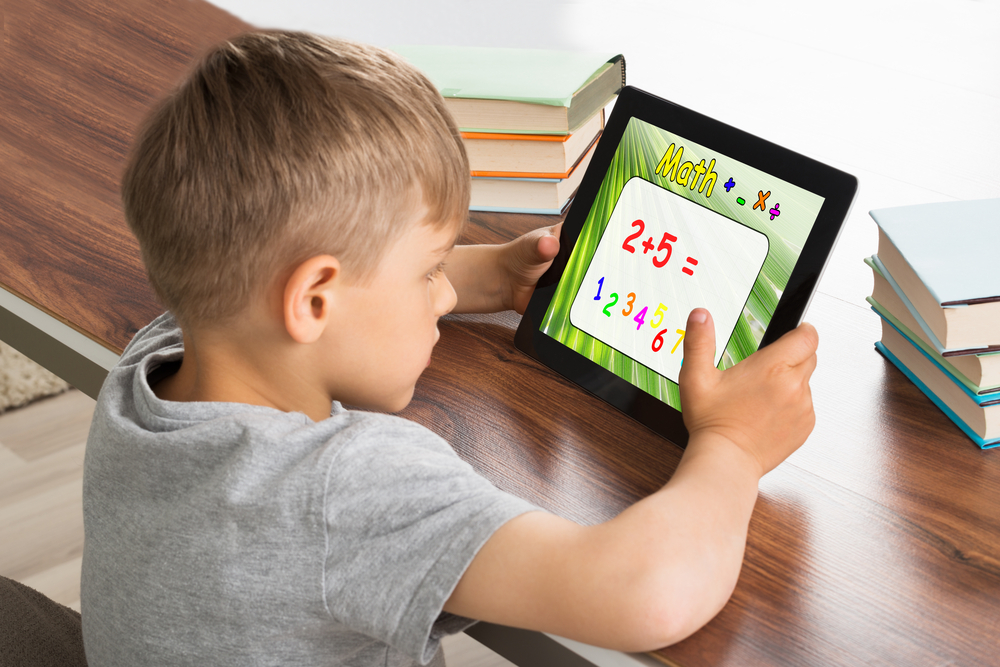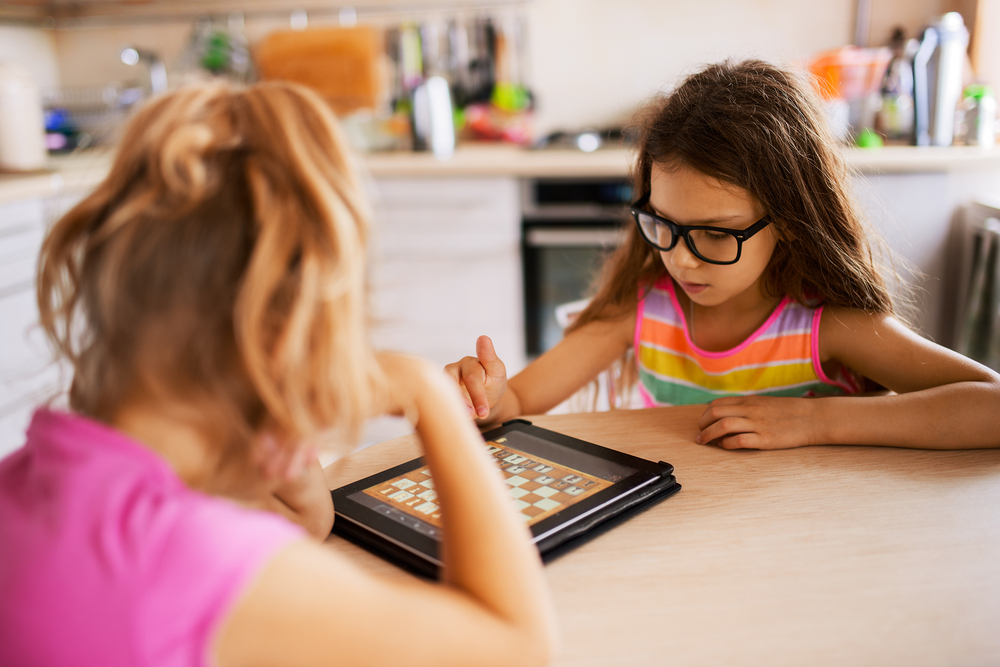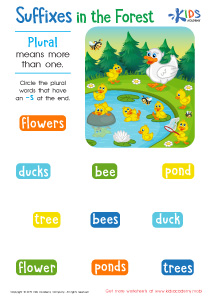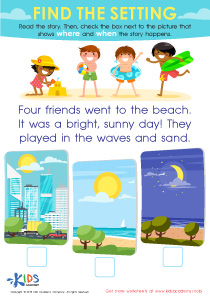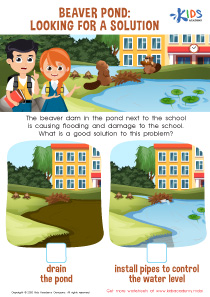Easy Connecting the Dots worksheets activities for 6-Year-Olds
2 filtered results
-
From - To
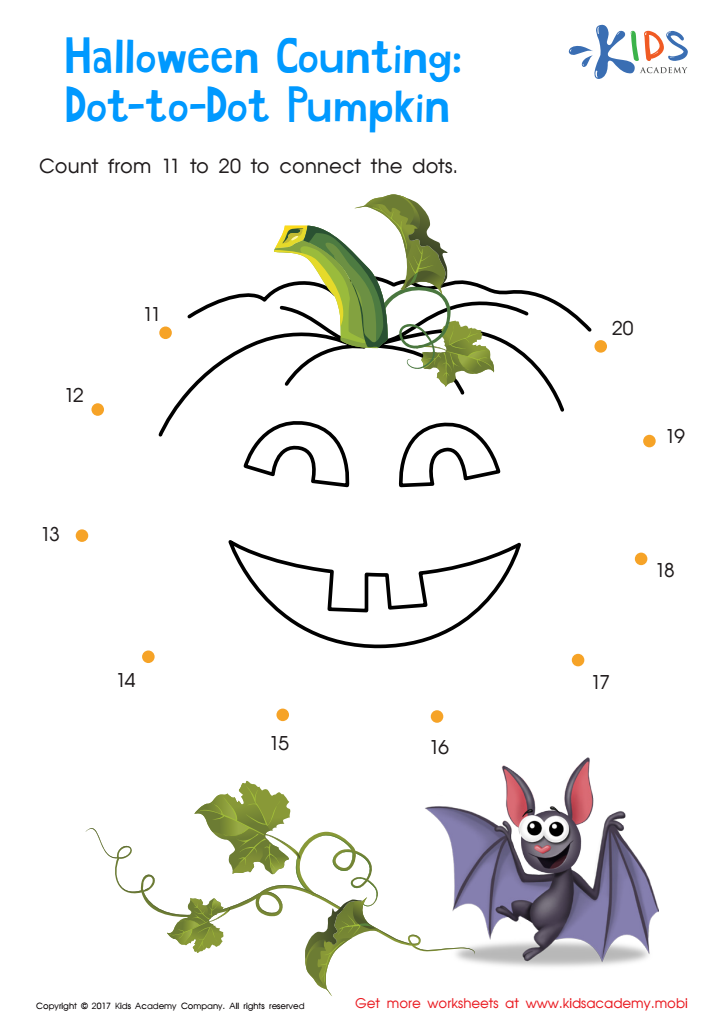

Ordering 11–20: Halloween Counting Worksheet
Easy Connecting the Dots worksheets activities serve as a powerful tool in the development of young minds, blending the fun of discovery with the fundamentals of learning. These activities, often perceived as mere pastimes, hold the potential to significantly impact a child’s cognitive and motor skills development. Here’s why integrating Easy Connecting the Dots worksheets into educational routines is highly beneficial.
Firstly, Easy Connecting the Dots worksheets foster number and letter recognition. As children connect numerical or alphabetical sequences, they inadvertently reinforce their understanding of order and sequence. This form of engagement is crucial in early childhood education, as it lays the foundation for more complex mathematical and language skills.
Secondly, these activities enhance fine motor skills and hand-eye coordination. The action of drawing lines from one dot to the next requires control, precision, and a steady hand. Over time, children develop better grip and control over writing instruments, preparing them for tasks that demand more intricate hand movements, such as writing letters and numbers.
Furthermore, Easy Connecting the Dots worksheets encourage problem-solving and critical thinking. Children learn to anticipate the shape or picture that will emerge as they connect the dots, which nurtures their analytical skills. This process of prediction and confirmation helps in developing strategic thinking and boosts their confidence in solving problems.
Additionally, these worksheets are a source of creativity and imagination. Once the dots are connected and the image is revealed, children often take the extra step to color and personalize their creations. This aspect of the activity stimulates their creativity and allows them to express themselves through art.
Lastly, Easy Connecting the Dots worksheets are versatile and adaptable to various learning levels and abilities. They can be simplified for beginners or made complex for those seeking a challenge, making them a universally accessible educational tool.
In summary, Easy Connecting the Dots worksheets activities are more than just a playful pastime. They are an invaluable educational resource that supports early developmental milestones, from enhancing cognitive abilities to fostering motor skills and encouraging creativity. By incorporating these activities into learning routines, educators and parents can provide a fun and effective way to promote child development.
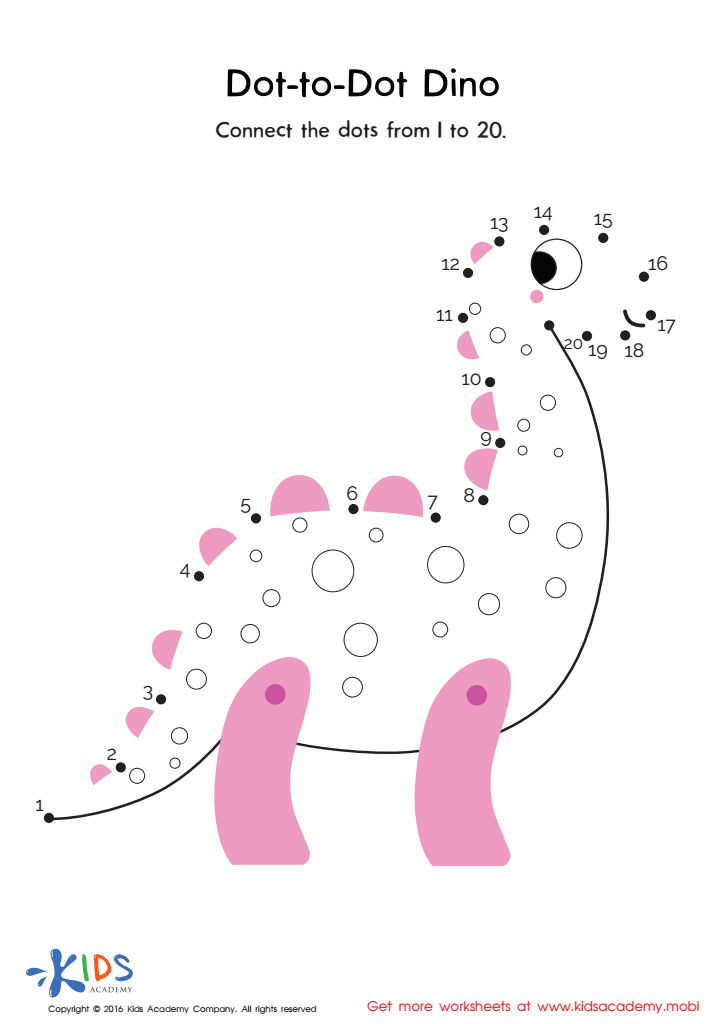
 Assign to My Students
Assign to My Students


